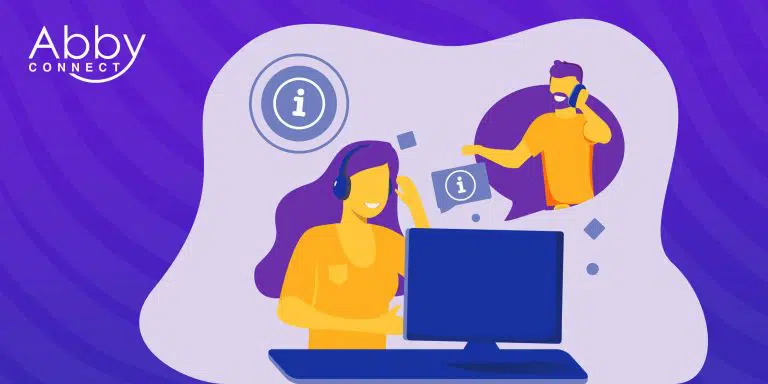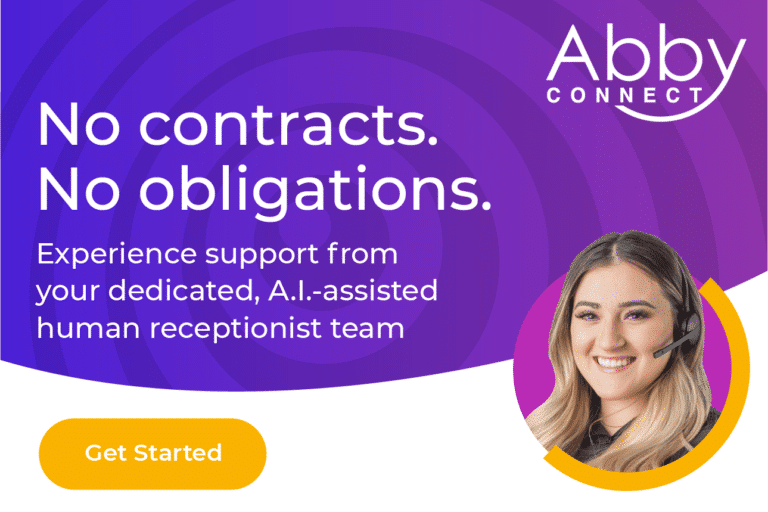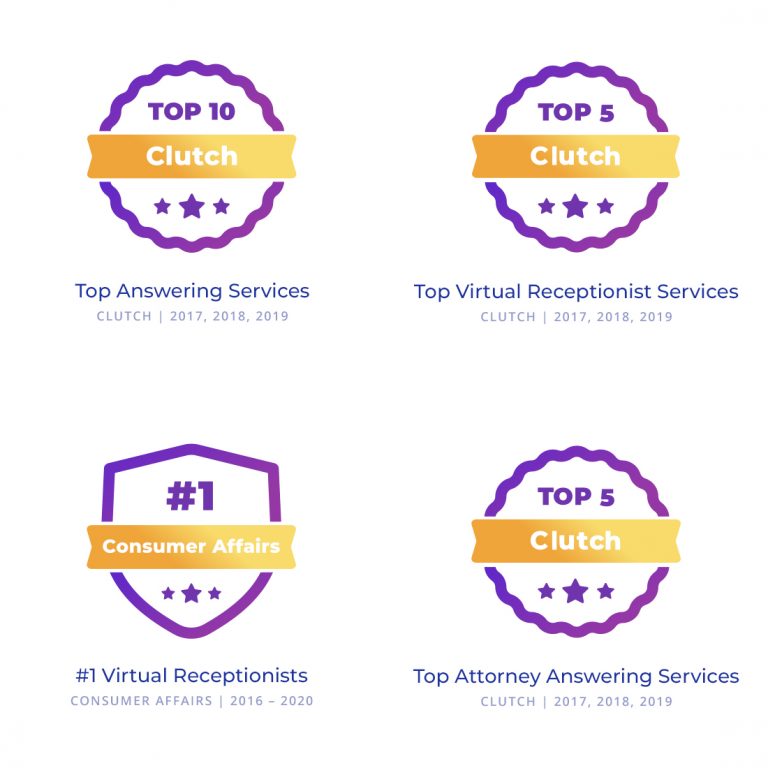
A customer calls.
Your receptionist answers and makes a fantastic first impression on your behalf—they’re charming, well-informed, and manage to forward a happy, engaged potential customer to your phone line.
But what happens next is up to you. Can you cinch the deal, or will you fumble the pass? While your receptionist put you in an excellent position, now’s the time to turn that caller into a customer.
Here are our top tips!
Master the Warm Transfer
A successful receptionist (or virtual receptionist!) will provide intake on your behalf—collecting key information from callers. They’ll take down the caller’s name, phone number, the reason for the call, and whatever custom information you require. Then, they’ll transfer the caller to you.
This is a warm transfer—when the receptionist speaks to the intended recipient before transferring the call over to them.
Essentially your receptionist will collect key information, check to see if you’re able to take the call, and fill you in on the details before connecting you with the caller. When done correctly, this allows you to get on the call fully prepared and aware of the situation. You can greet the caller by name and the caller doesn’t have to repeat the same information a second time.
According to Zendesk, 72% of customers blame their bad customer service interaction on having to explain their problem to multiple people.
A well-managed warm transfer puts you in a strong position from the very beginning of the call. Your caller feels heard, they don’t have to wait a long time or repeat themselves, and you start the call on the right foot. Once you’ve set up a standard warm transfer process with your receptionists, all you need to do is take down and use the key information to impress your callers!
Understand the Language of Customer Service
Your receptionists are your customer service experts, they make the first impression and help you build relationships. But you still need to impress callers with high-quality experiences.
Luckily the basic framework is relatively simple:
- Use the customer’s name
- Smile when you speak (they can hear it!)
- Practice empathy
- Use positive language
- Monitor your tone, they can’t see your body language, so tone is more important than ever
Using phrases like “I’d be happy to help with that” or “thank you for bringing this issue to our attention,” makes it sound like you care about the caller. The biggest mistake is sounding insincere or uncaring. The more time you spend on the phone, the better you’ll get at your phone communication skills!
These are just the basics, but they already put you ahead of the competition. For more ideas, check out our post: 10 Ways to Sound Better on the Phone.
Without seeing your face or body language, they only know what they hear—and you want to sound enthusiastic, caring, and helpful. Of course, when it’s an easy call, this is easier to do. When there’s potential conflict, hard questions, or anger, it can be a lot harder to maintain the customer service master in you.
Manage Conflict
According to Salesforce, 74% of people are likely to switch brands if they find the purchasing process too difficult.
If they’re frustrated, you may lose them. How you handle this call will make all the difference. The key to the angry caller is listening and de-escalation.
- Stay calm. Angry callers are angry for a reason. If you can stay calm and understand their anger, you’re in a position to help them. If you lose your temper, you’ve lost your customer.
- Listen actively. Listen to your caller’s concerns. Rephrase their concern to verify for them that you’re listening and ask questions as necessary. Angry callers want to talk, it’s your job to listen.
- De-escalate. Pick your words wisely. Offer help, guidance, and follow-up. Verify for them that you understand their concerns and care about helping them. Keep your language positive.
An angry caller doesn’t have to stay angry. It’s up to you to qualify if they’re justifiably angry and you can help them or if they’re belligerent. If you can help them, you may be able to turn an unhappy caller into a loyal long-term customer. And with the right conflict management skills you might even turn a belligerent caller around as well.
Commit to the Follow Up
Whether the caller was happy or not when they called, the best way to keep them happy is to commit to a follow-up. This can be a phone call, scheduled video call, on-site visit or meeting, email, or even a text message.
They called for a reason and, whether you made the sale on the call or not, a good customer relationship doesn’t end with this single touchpoint. How you approach the follow-up can change based on context.
- Scheduling a video kick-off call may make sense for a software purchase or client kick-off.
- Scheduling an in-person meeting or walkthrough would make sense for a home services provider or accounting firm.
- Scheduling an appointment makes sense for a dental or medical business.
- A text or email makes sense to answer questions that require further research or verify that everything is continuing smoothly.
Whatever method you employ, it’s important that you clearly tell the caller how you intend to follow up and actually follow through. Even if you close the deal on the first call (great job!) it’s still best practice to set a firm follow up with next steps. It may even make sense to email after with a recap of what was discussed and then schedule a future conversation.
Superpower Your Phone Lines with Abby Connect
Your phone has the potential to be a customer-impressing, lead-capturing, revenue-generating machine. With Abby’s dedicated teams of 5-10 receptionists getting to know your business and managing your incoming calls, you can start capturing business today. Our customer service experts will answer, forward, do intake, take messages, and even schedule appointments 24/7/365.
We make the first impression so you can turn your callers into customers.


